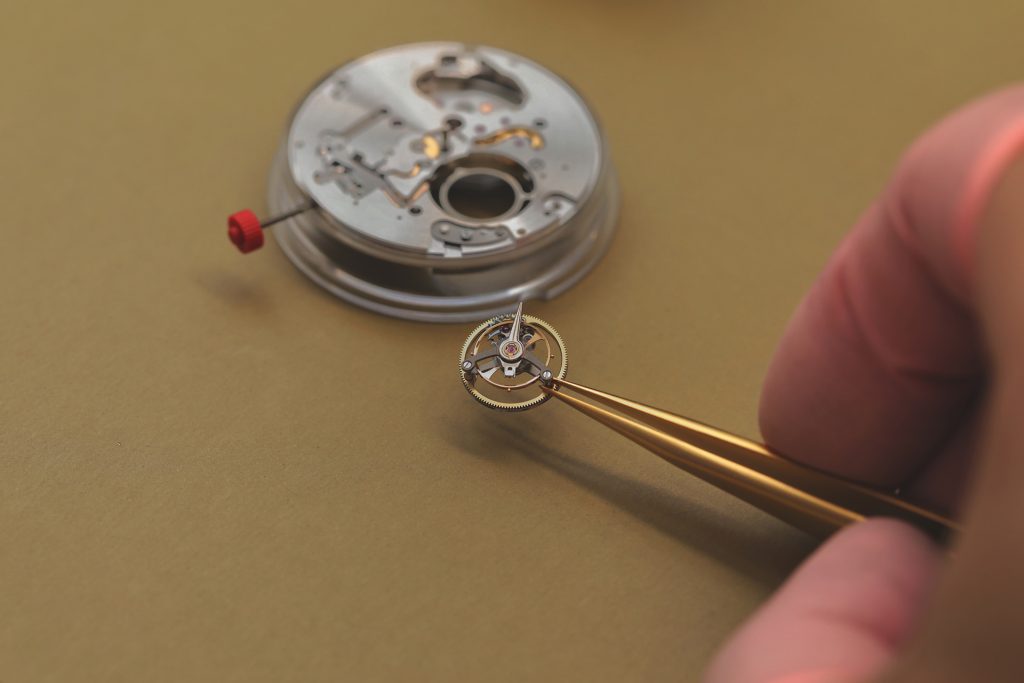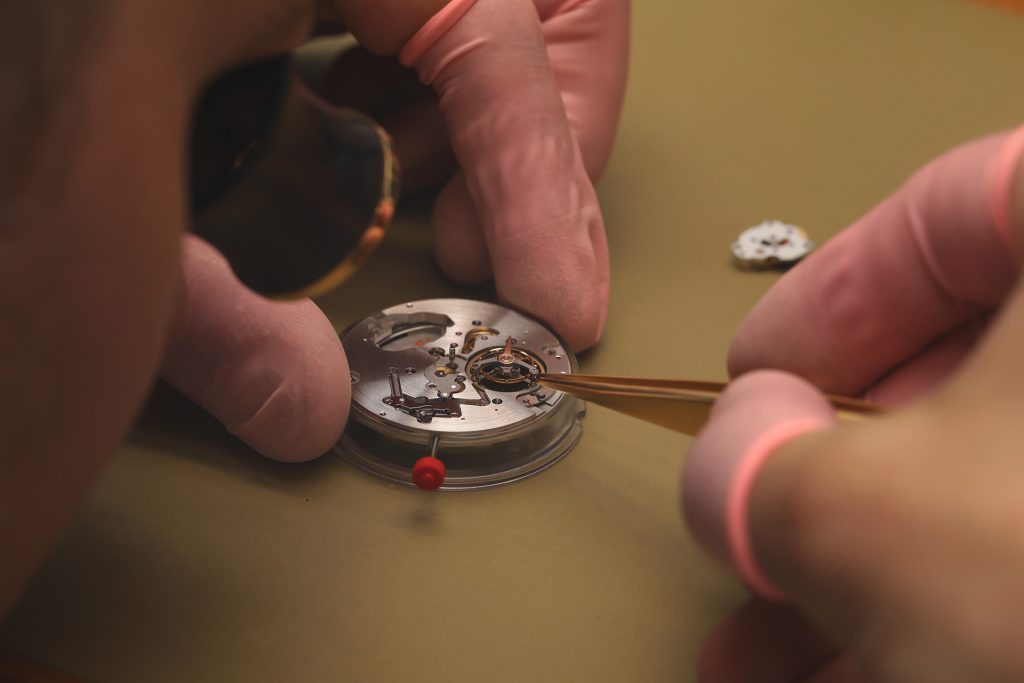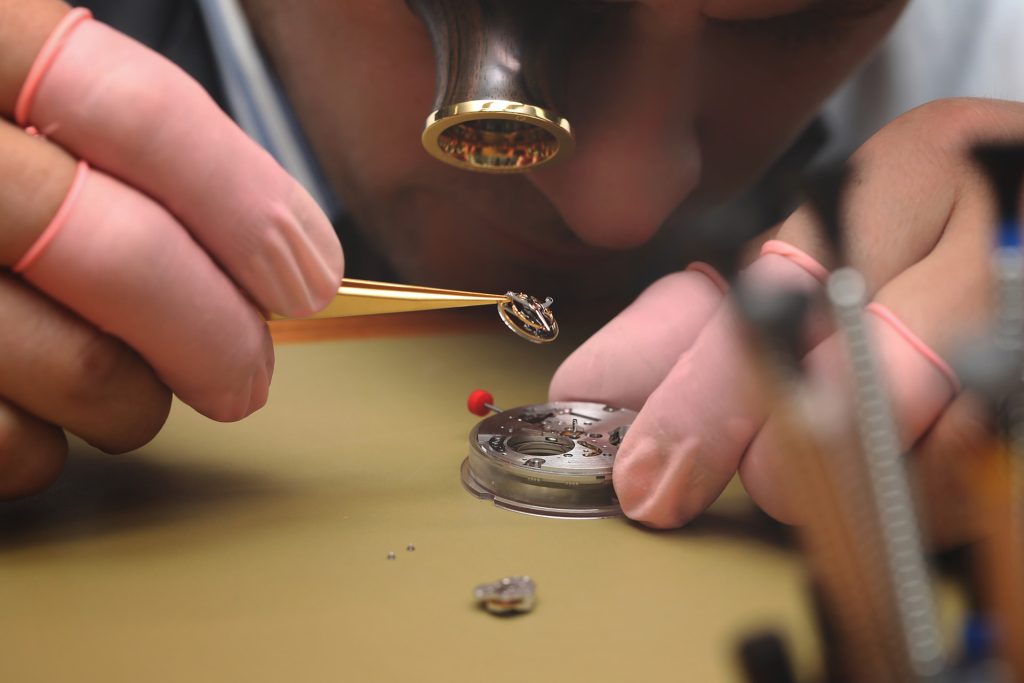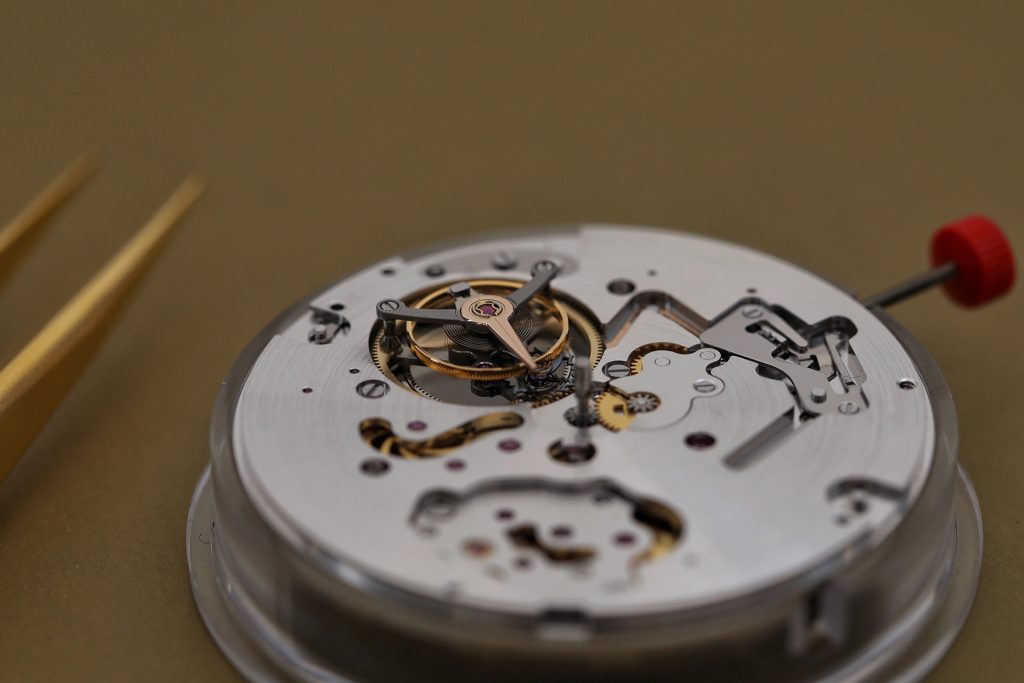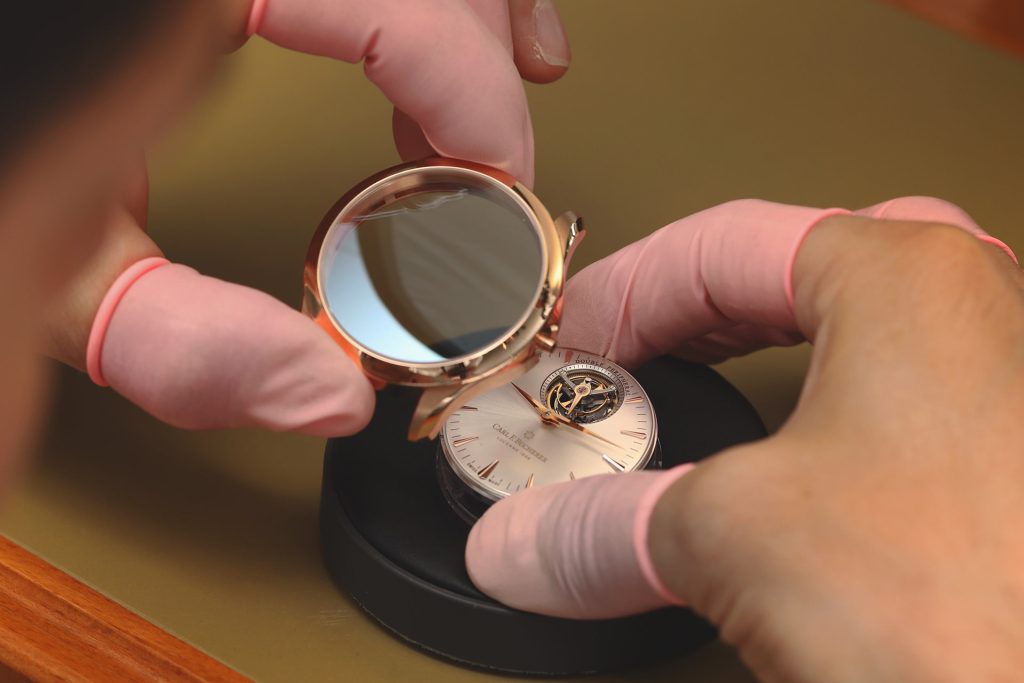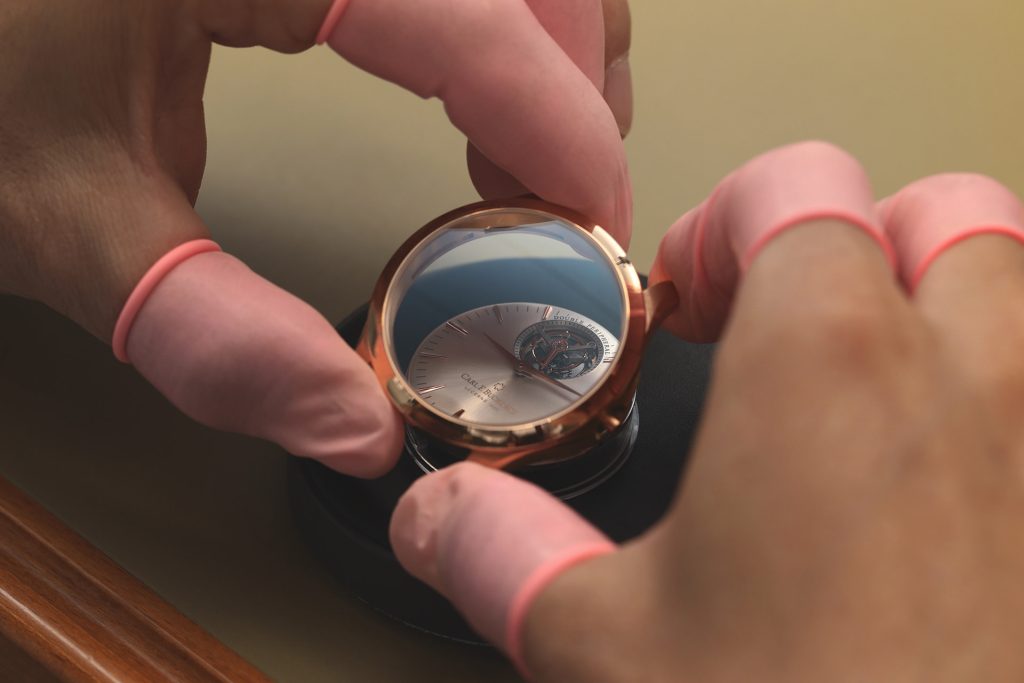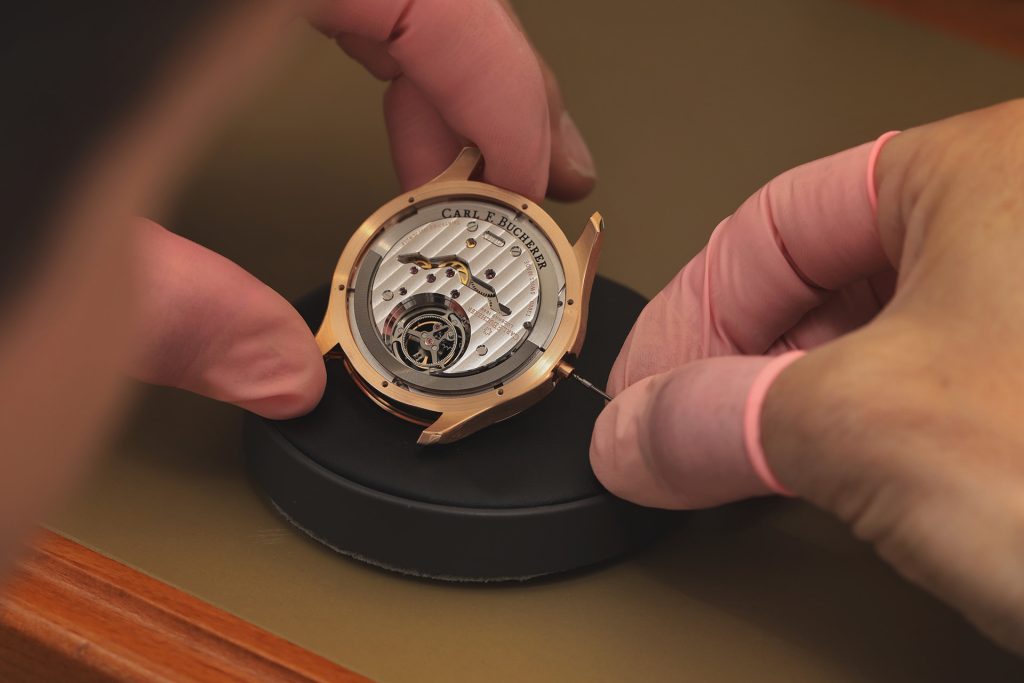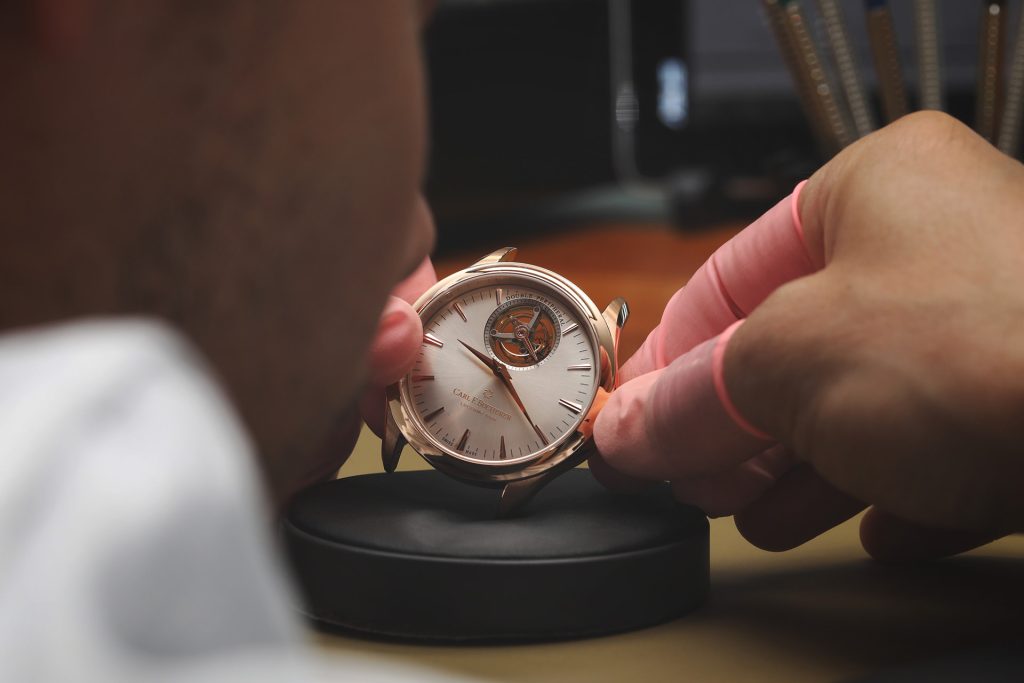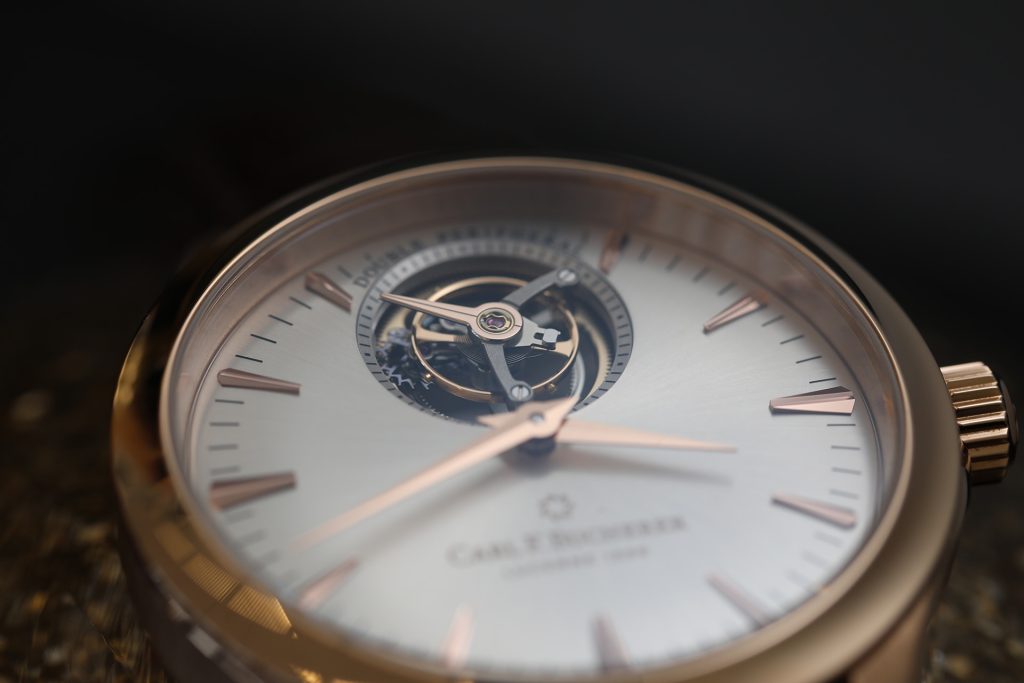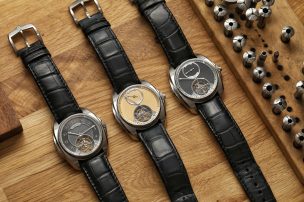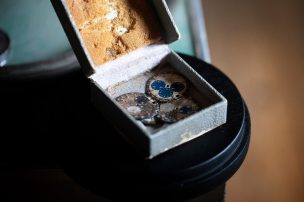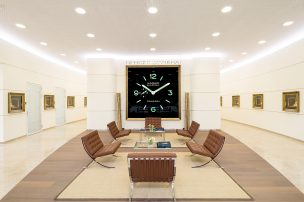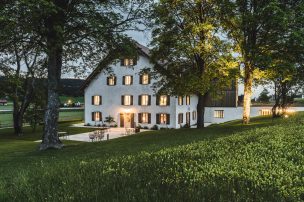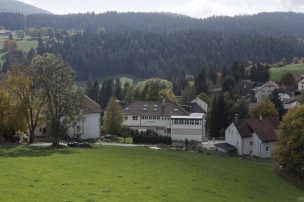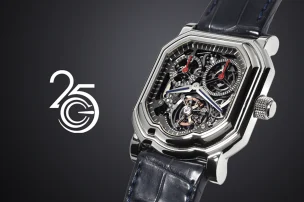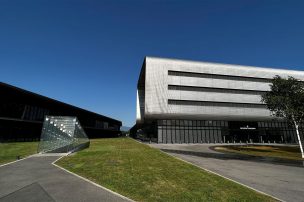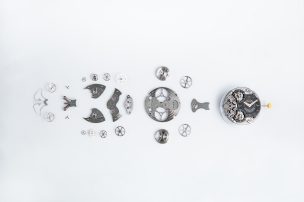
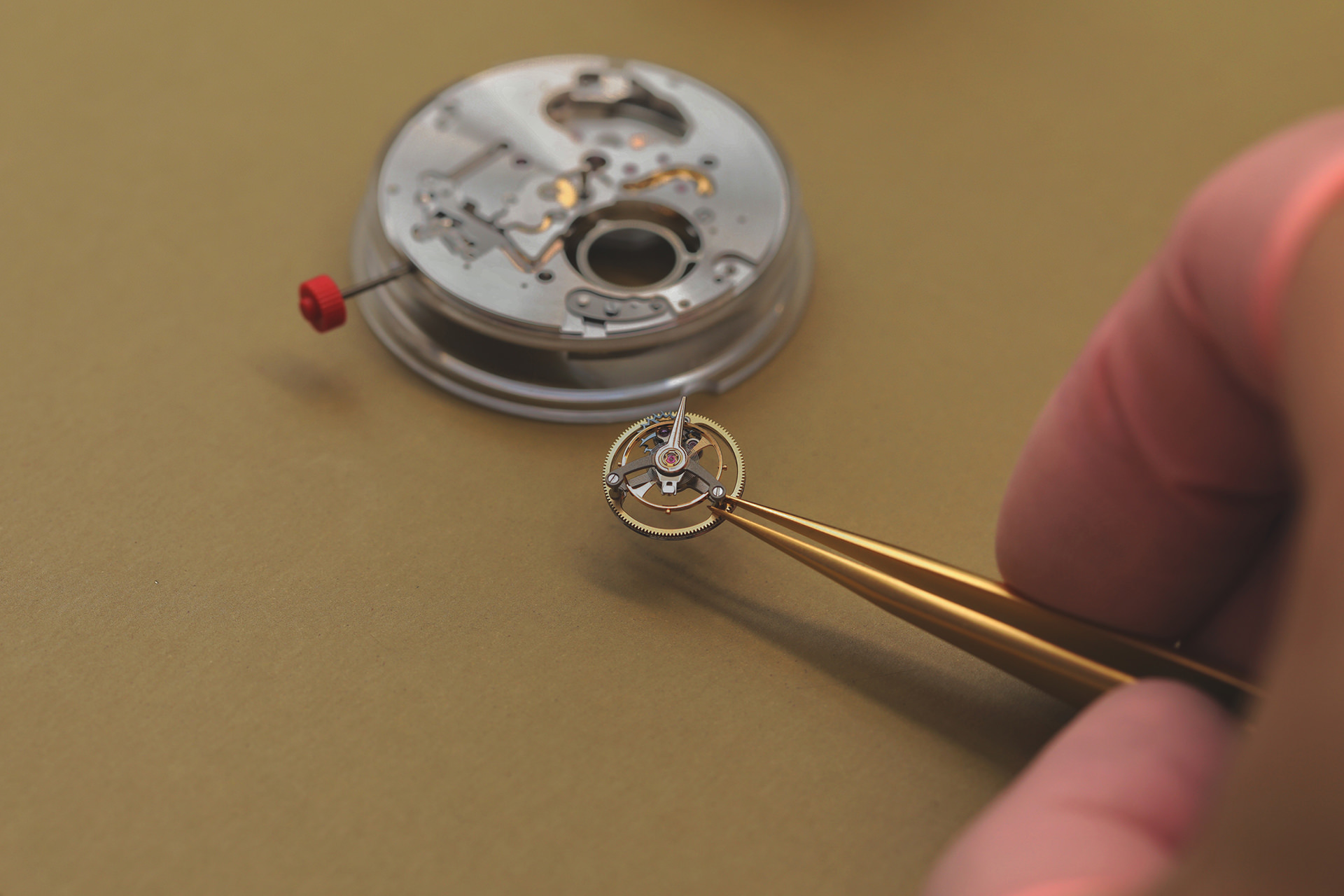
A visit at the Carl F. Bucherer Manufacture
The village Lengnau, which is located at the foot of the Jura Mountains in the canton of Bern and its population of just 5’500 is not very spectacular. However it is an important junction for the watch production. Something that Swiss watchbrand Carl F. Bucherer already realized many years ago and since 2002 runs a small production in Lengnau, additionally to the one in St-Croix.
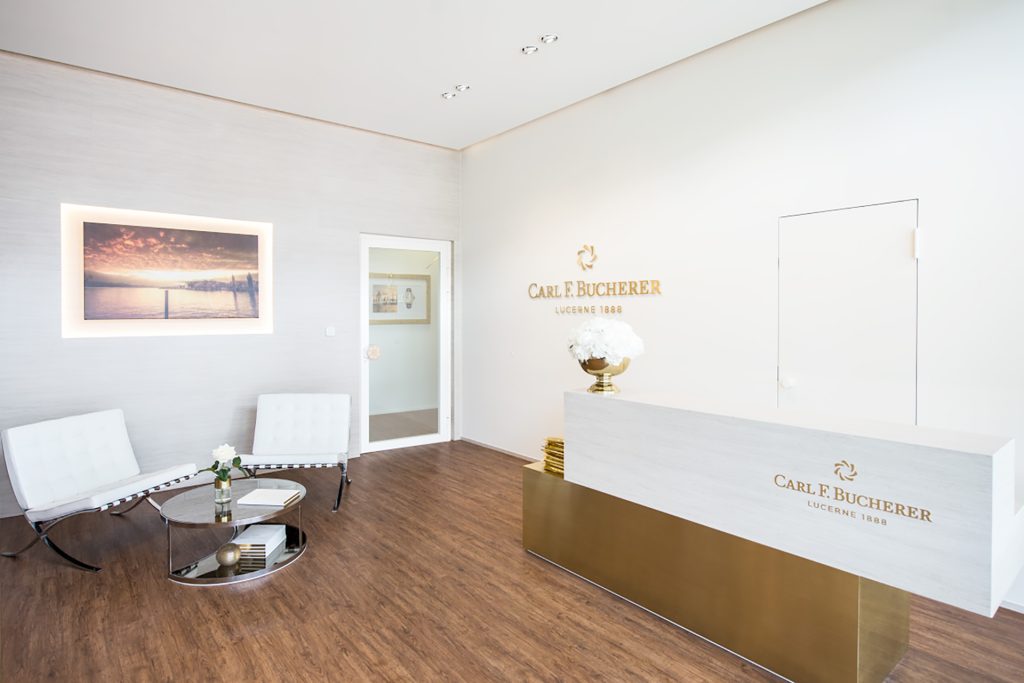
The entree at the Carl F. Bucherer manufacture in Lengnau
A few years ago the joined workspace became for sale and Carl F. Bucherer took the opportunity to settle its whole production to Lengnau. In 2016 they celebrated the opening of their new manufacture. Swisswatches blog had the opportunity to visit the new manufacture and pick up some impressions of the changes and advantages. This step made sense, as the Carl F. Bucherer headquarter is based nearby of Lucerne. Also the motorway A5 runs just next to Lengnau, which allows a fast and smooth connection. Around 80 employees at the new headquarter are responsible for the development, production and assembling of the watches, but also for all customer service issues. Management and product development as well as marketing are still controlled from Lucerne.
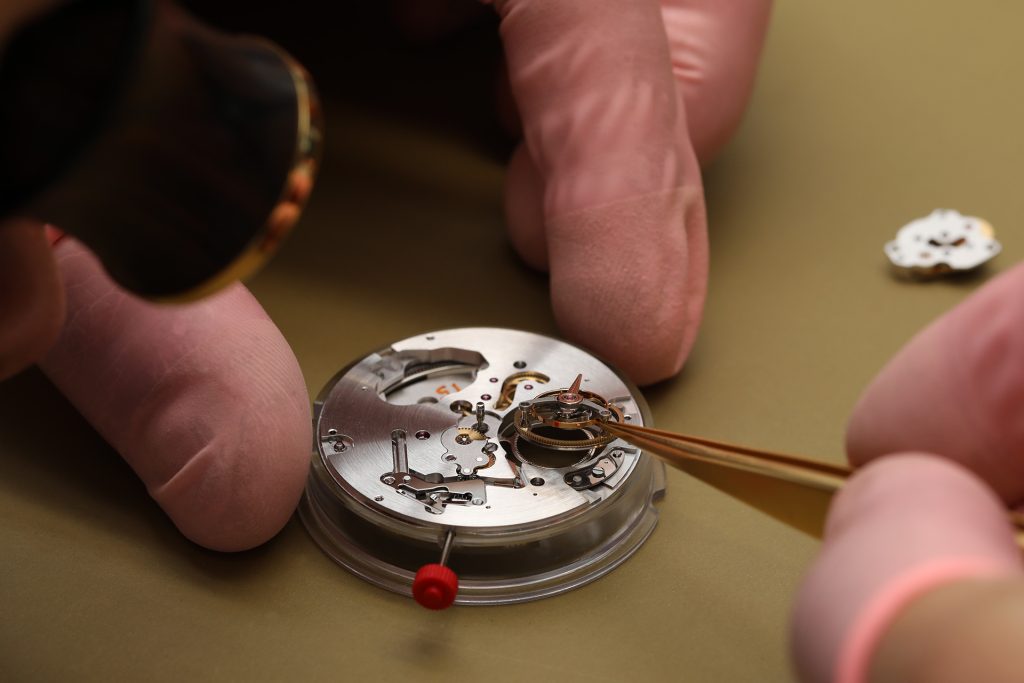
In Lengnau, development, production and assembling come together
The watchbrand Carl F. Bucherer – established 1888 in Lucerne – belongs to the Bucherer-Group, which runs its renowned shops of luxury watch- and jewellery brands across Europe – and recently also in the USA. Carl F. Bucherer is one of the very few Swiss watchbrands that still belongs to the founding family. It is represented by Jörg G. Bucherer as president of the board in third generation of the Bucherer-family.
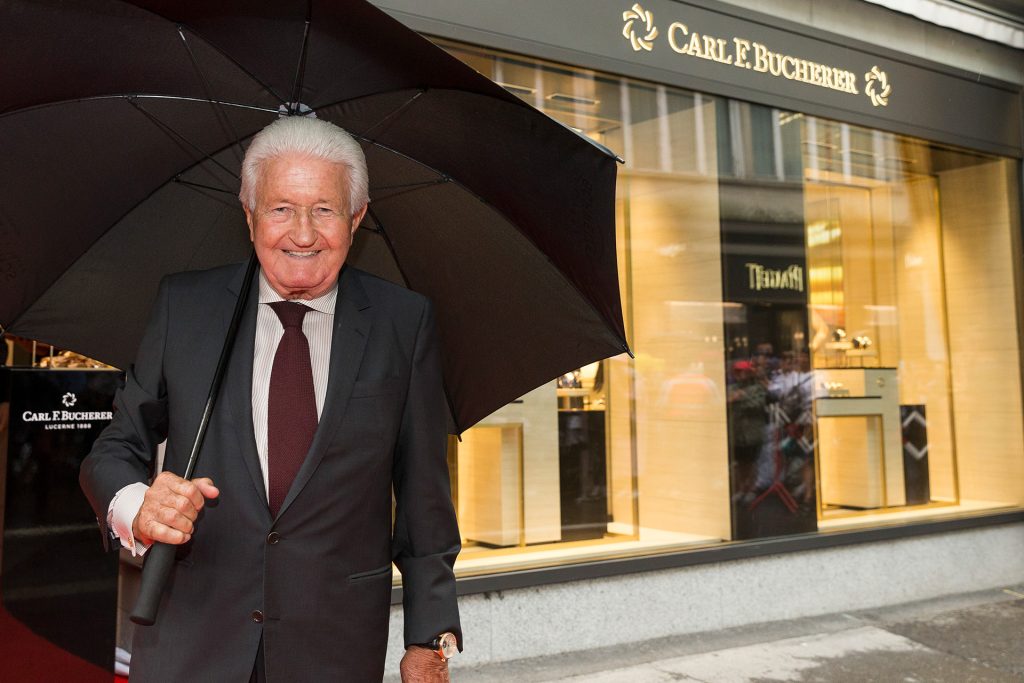
Jörg G. Bucherer, President of the Bucherer-Group
One argument for the new manufacture surely is the stronger verticalization , as the manufacturing, assembling and research are kept under one roof and speed up the processes. This enables Carl F. Bucherer to reduce their costs and at the same time to boost their production and serve the growing demand. CEO Sascha Moeri set himself ambitious goals. Since the opening of the new manufacture, Carl F. Bucherer produces around 25.000 watches a year. Moeri aims to produce 30.000 watches in 2019 in Lengnau, which will reach clients all over the world. This is an enormous increase compared to around 6.500 watches that left the manufacture in 2011.
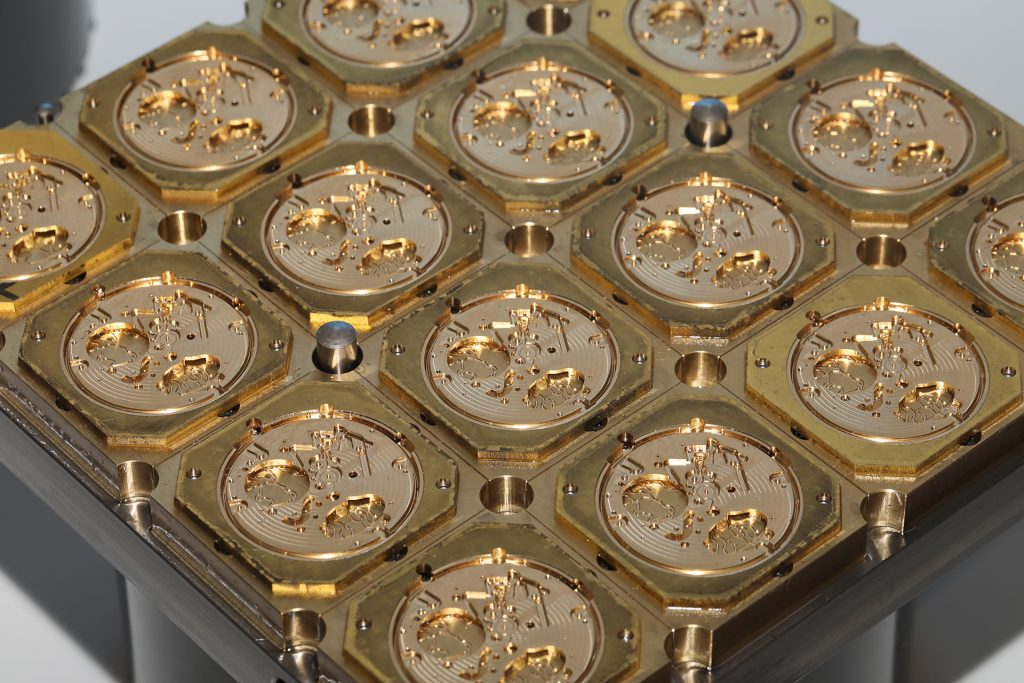
25.000 watches leave the manufacture in Lengnau every year
Although Carl F. Bucherer is able to produce in-house movements (CFB 1901 / CFB T1001) since many years, they have set a new milestone in the watch industry in 2008. They were the first manufacture in the world to large-scale produce the automatic movement, which is run by a peripheral rotor. The technology first circulated in the 1950s and 1960s. The energy source – the peripheral rotor – circles around the movement and allows an unhindered view onto the high-quality movement, which is not hidden by a conventional winding rotor.
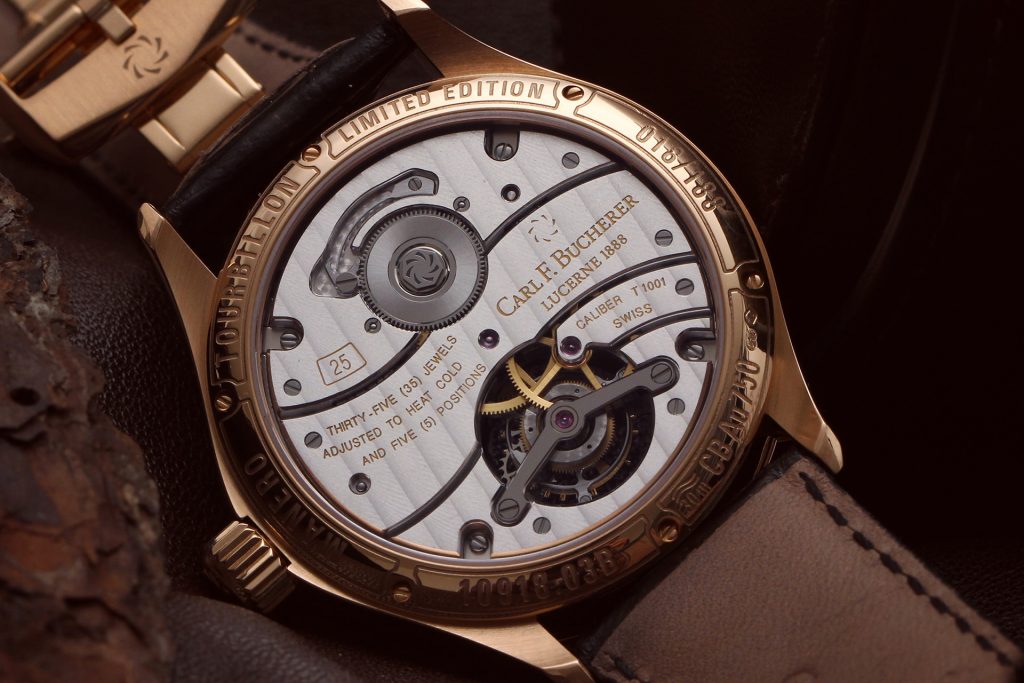
The Carl F. Bucherer in-house movement CFB T1001
A second type of this movement, CFB A2000 followed in 2016. At Baselworld 2018 Carl F. Bucherer introduced the Manero Tourbillon DoublePeripheral with in-house calibre CFB T3000 – the worlds first peripheral automatic watch combined with a peripheral Tourbillon that seems to float. All three movements were developed and produced completely in-house. The collaboration with external supplies however remains extremely important to Carl F. Bucherer.
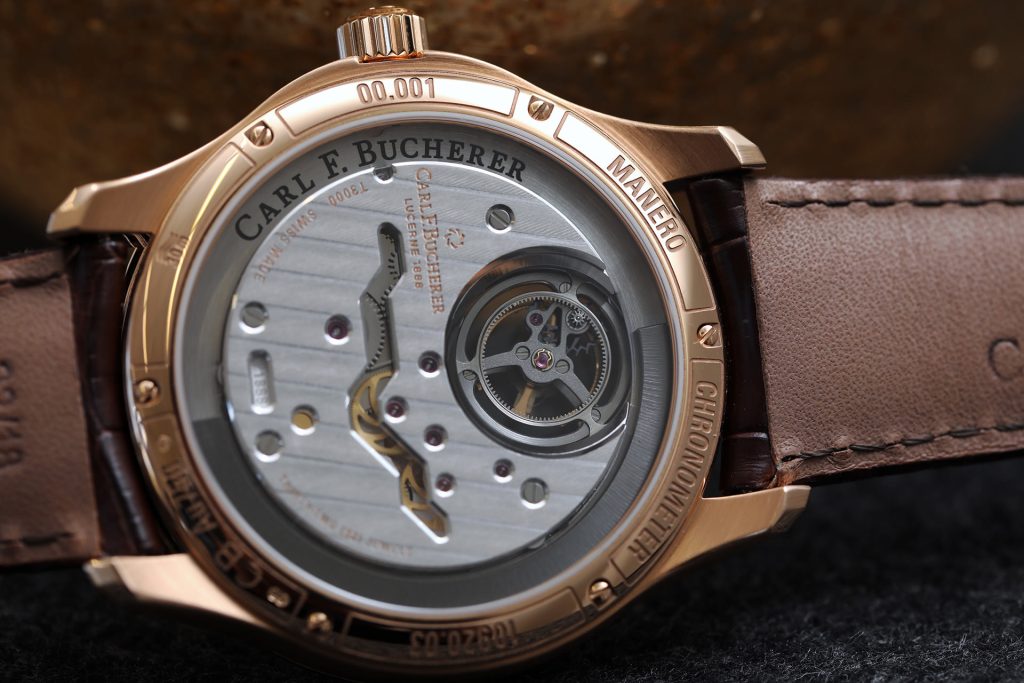
In-house calibre CFB T3000 with the worlds first peripheral Tourbillon
The new manufacture is technically extremely advanced. Many operational steps are carried out by machines and parts are being preassembled or assembled to guarantee the same quality throughout the production processes. On the other side, Carl F. Bucherer strongly emphasizes fields just like that of movement decoration, as it requires craftsmanship skills that are hard to copy by machines. As most manufactures become increasingly modernized it also becomes the responsibility of the industry to create and promote an awareness for certain craftsmanship. Especially a mechanical watch comes alive by the nostalgic of the craftsmanship – however these are gradually industrialized and optimized to improve the quality and reduce the production time. Carl F. Bucherer still today combines the passion for true craftsmanship, innovative technology and extraordinary design.
Production – watch movements
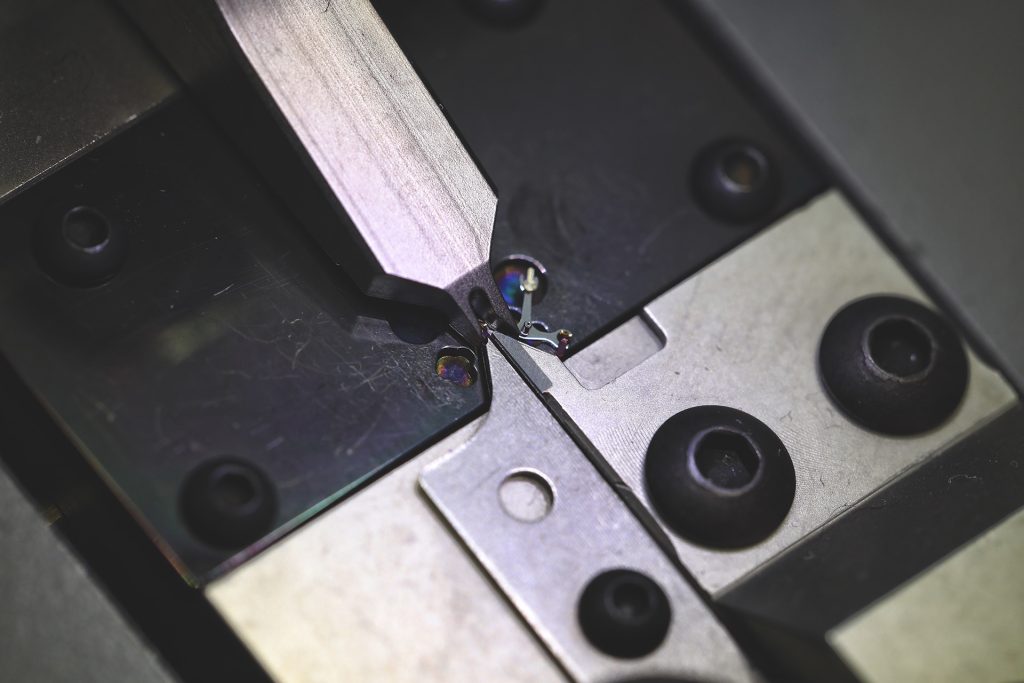
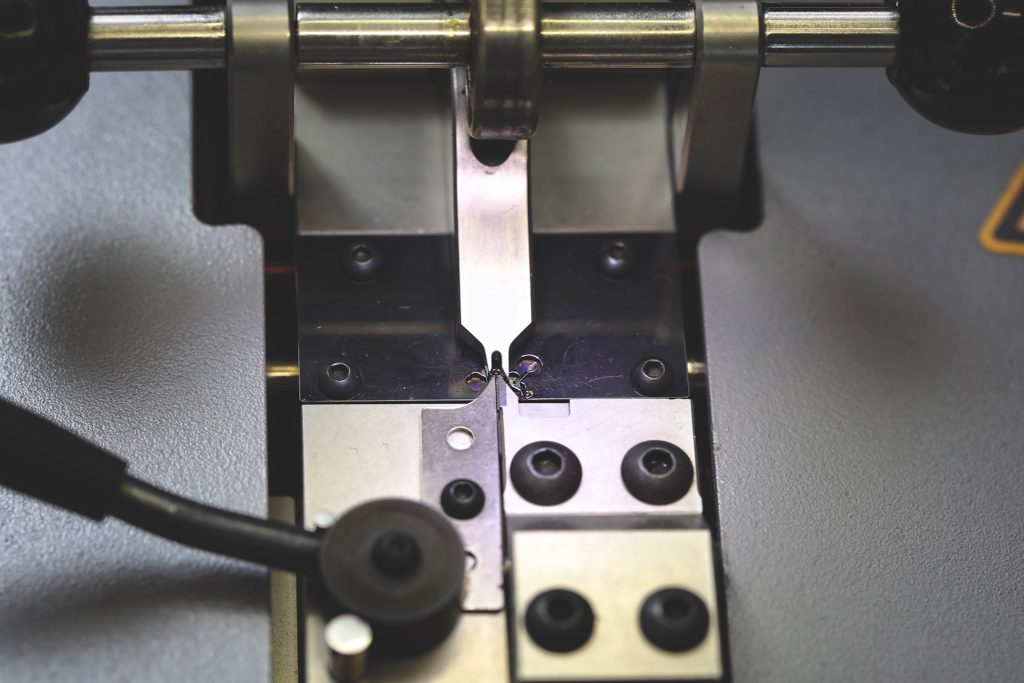

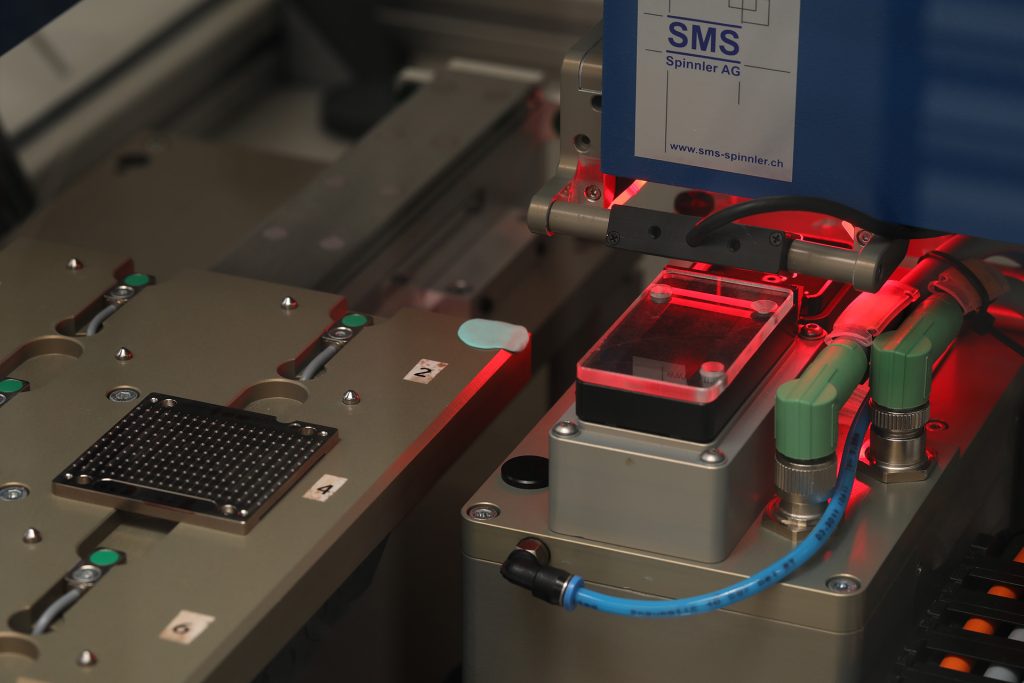

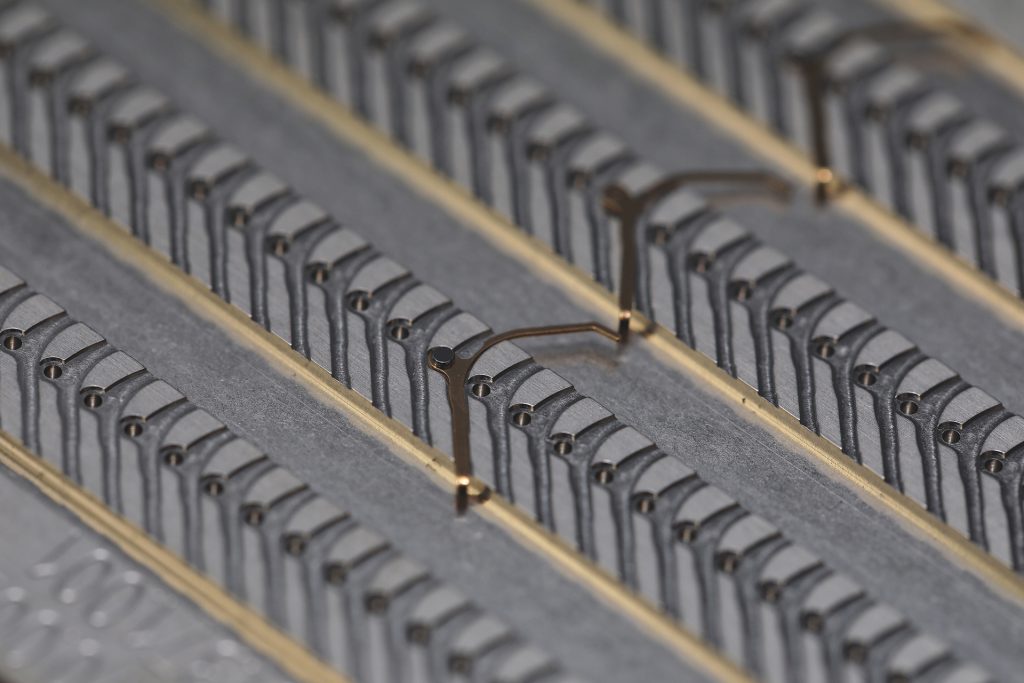

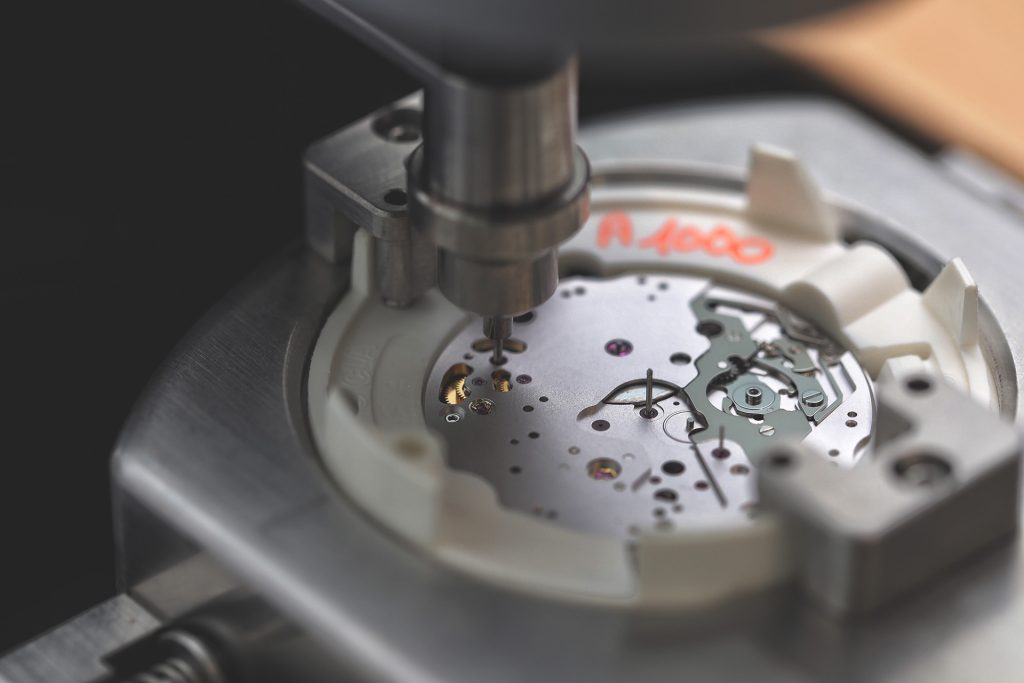
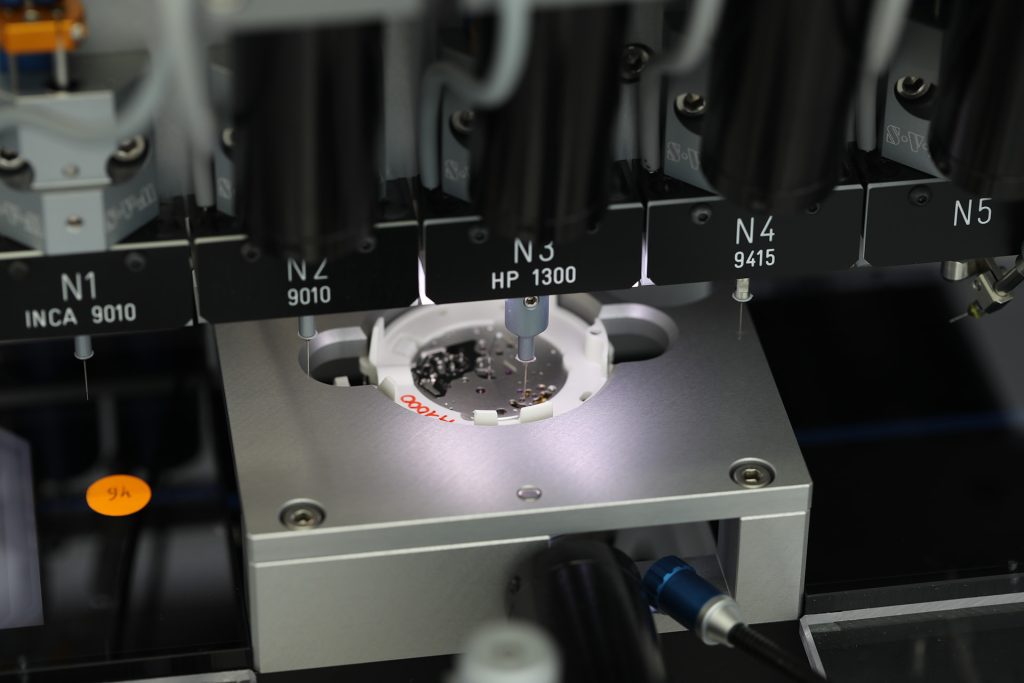
Manufacturing – watch movements parts
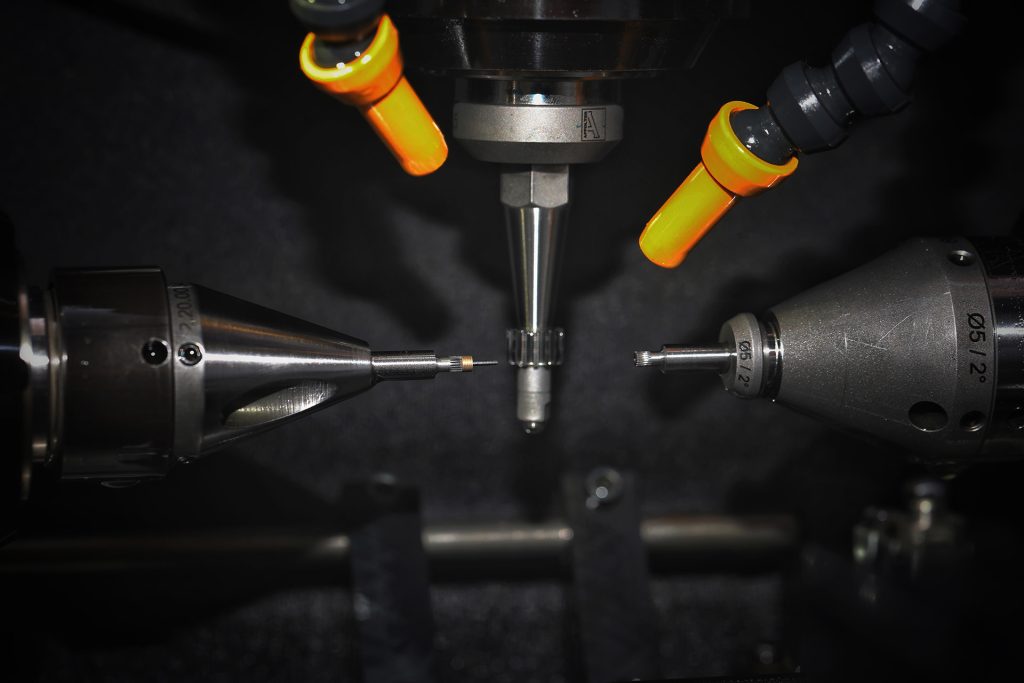
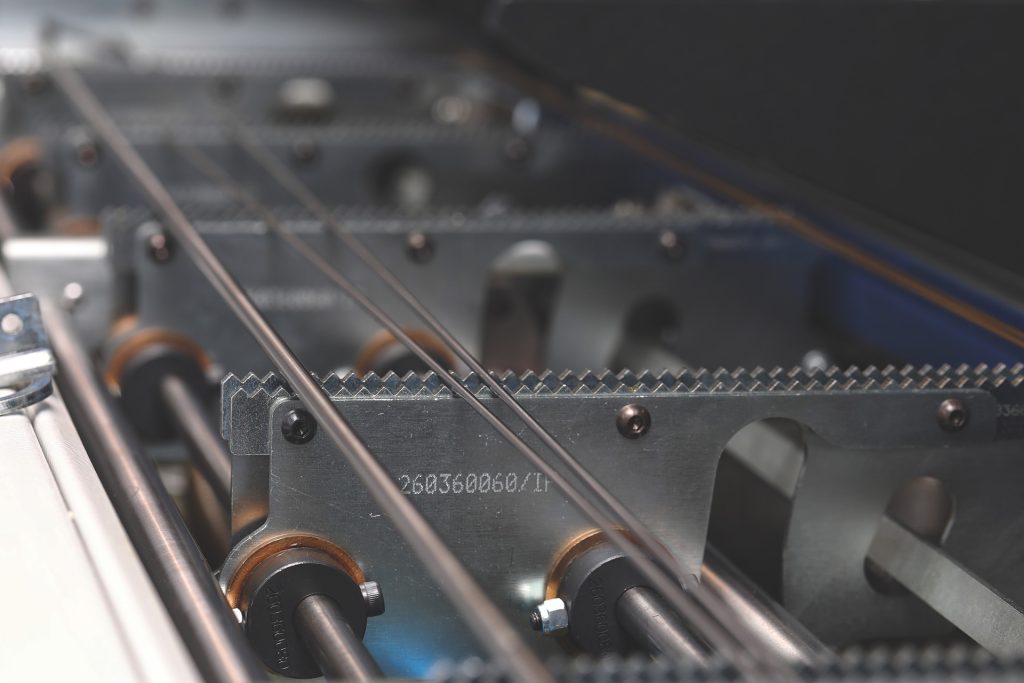
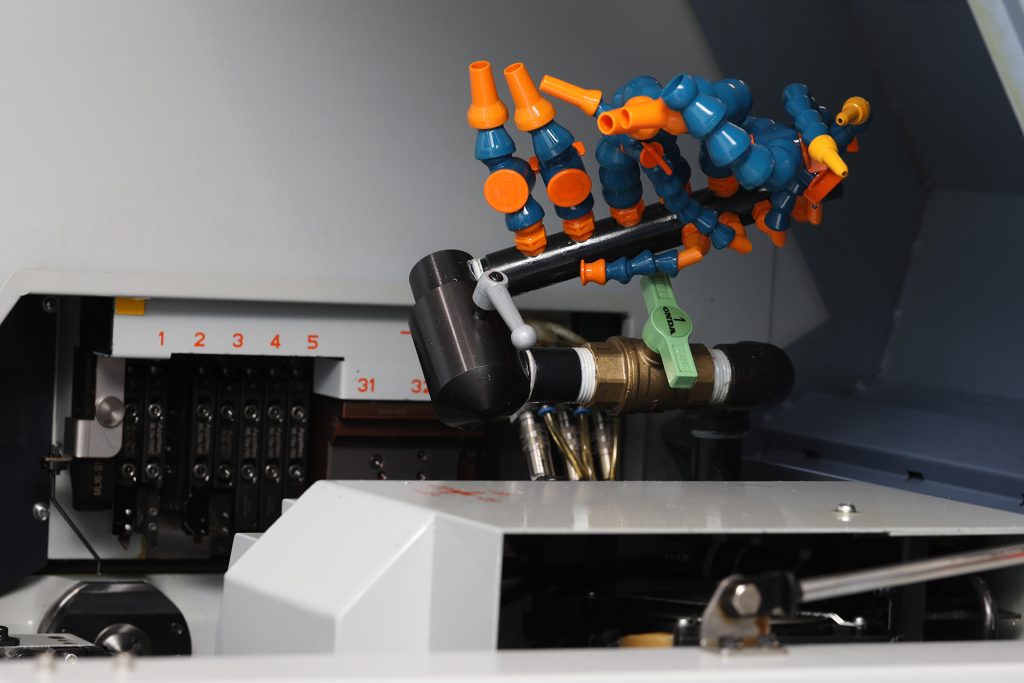
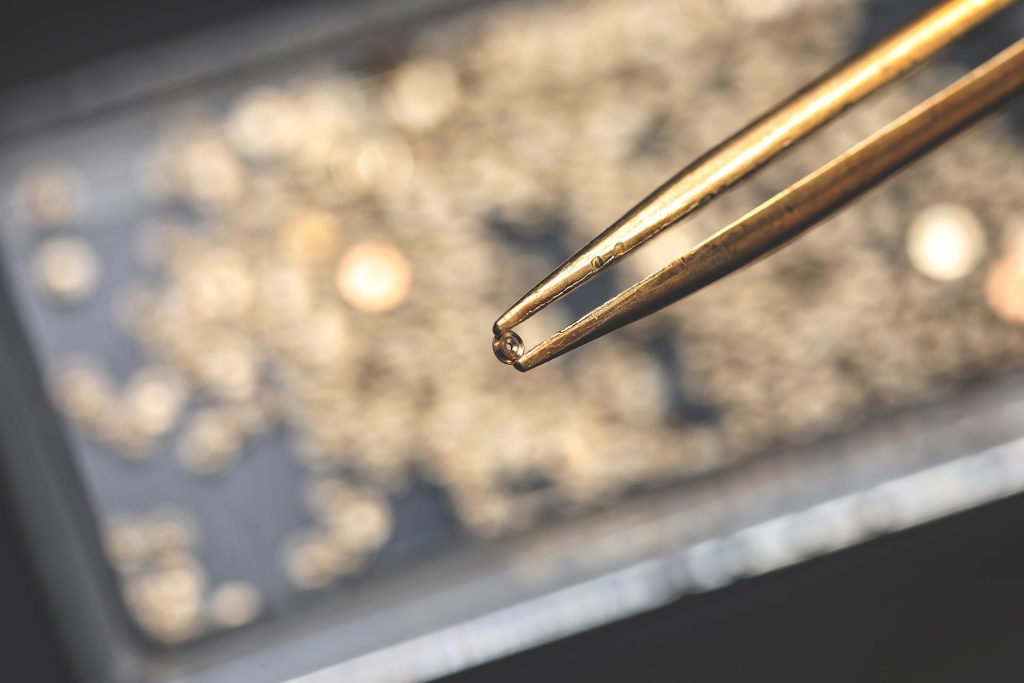
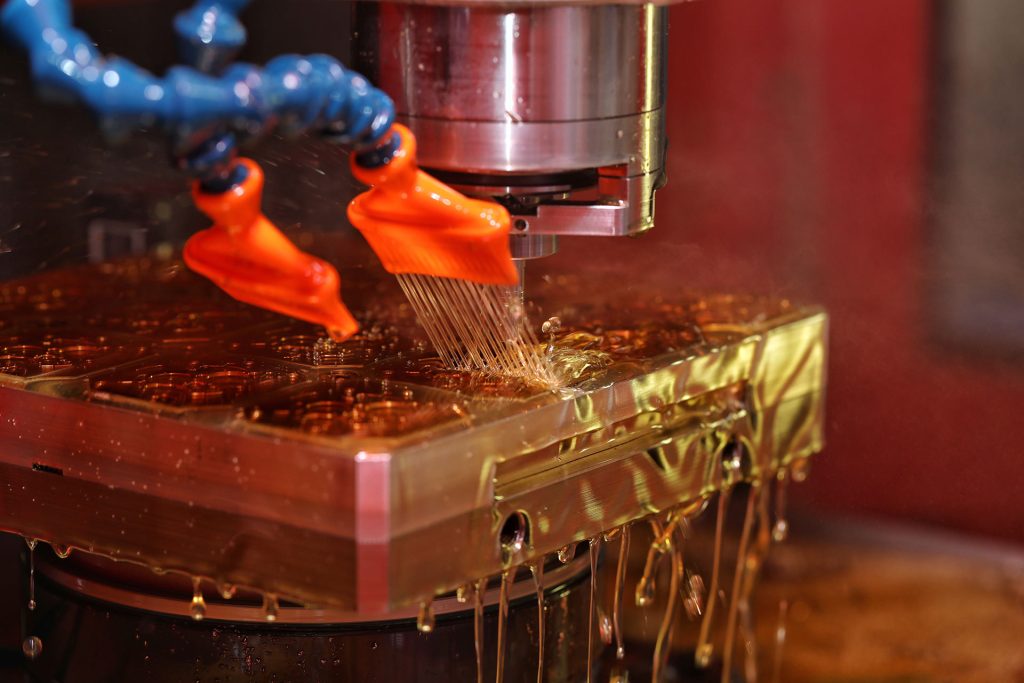
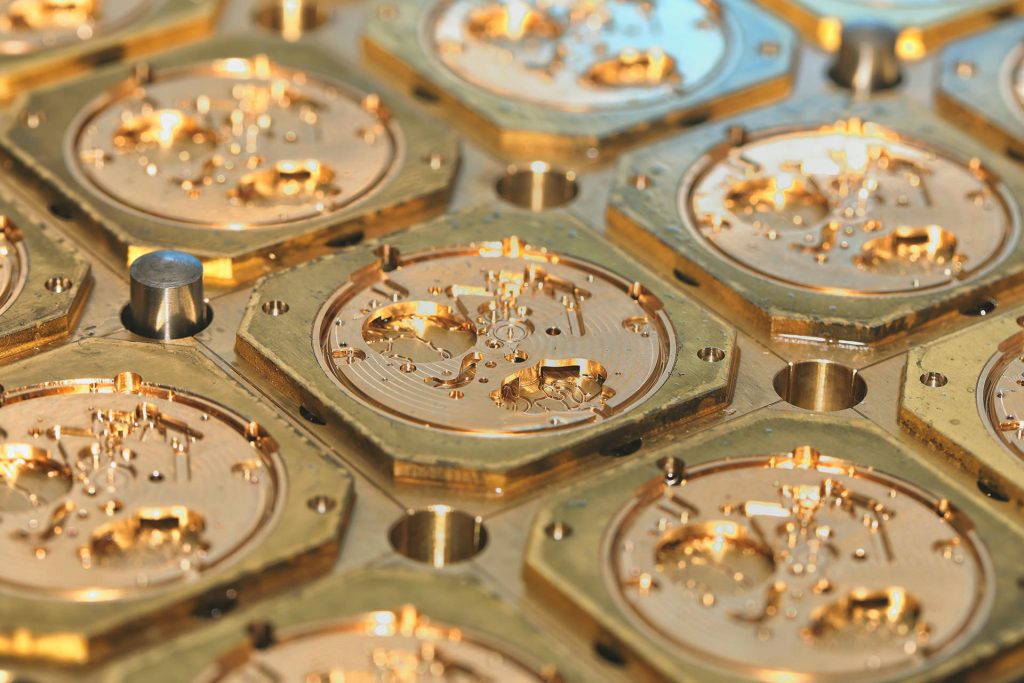
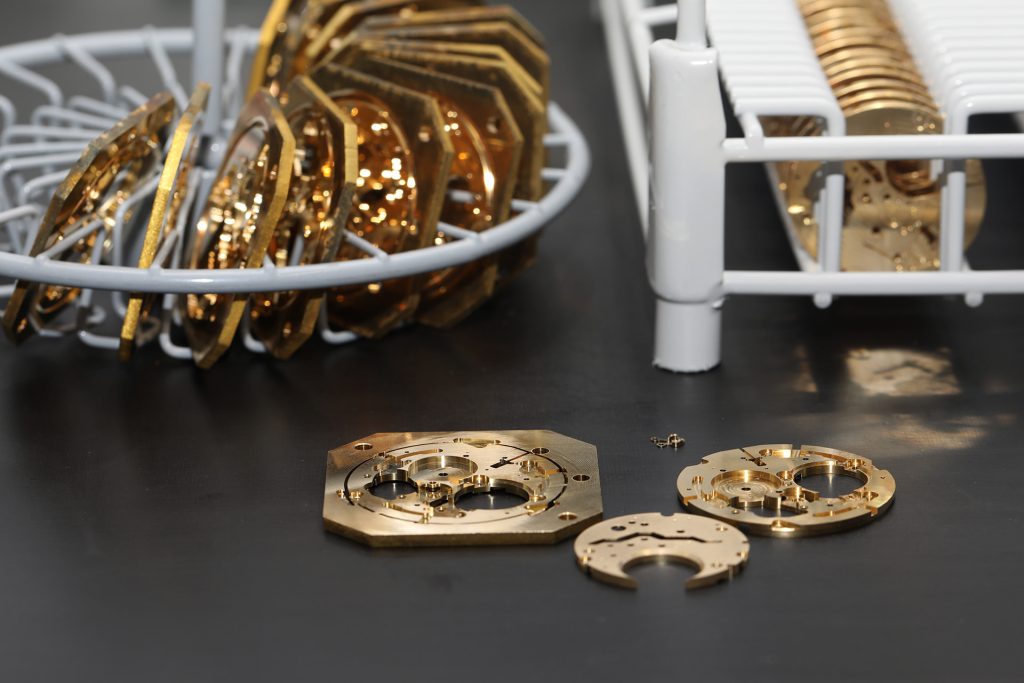
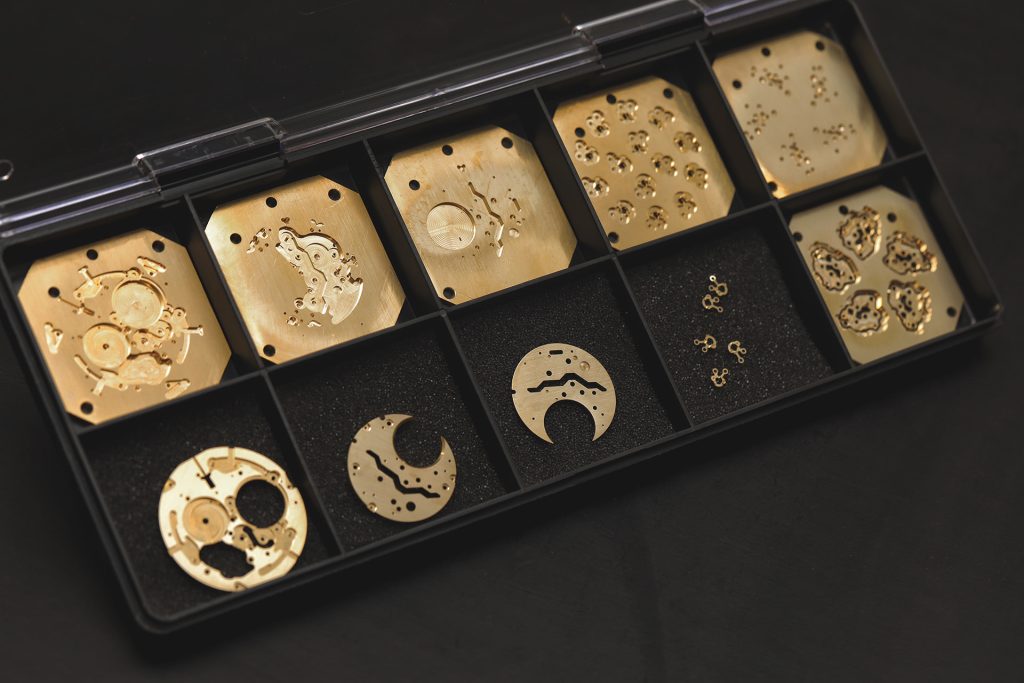
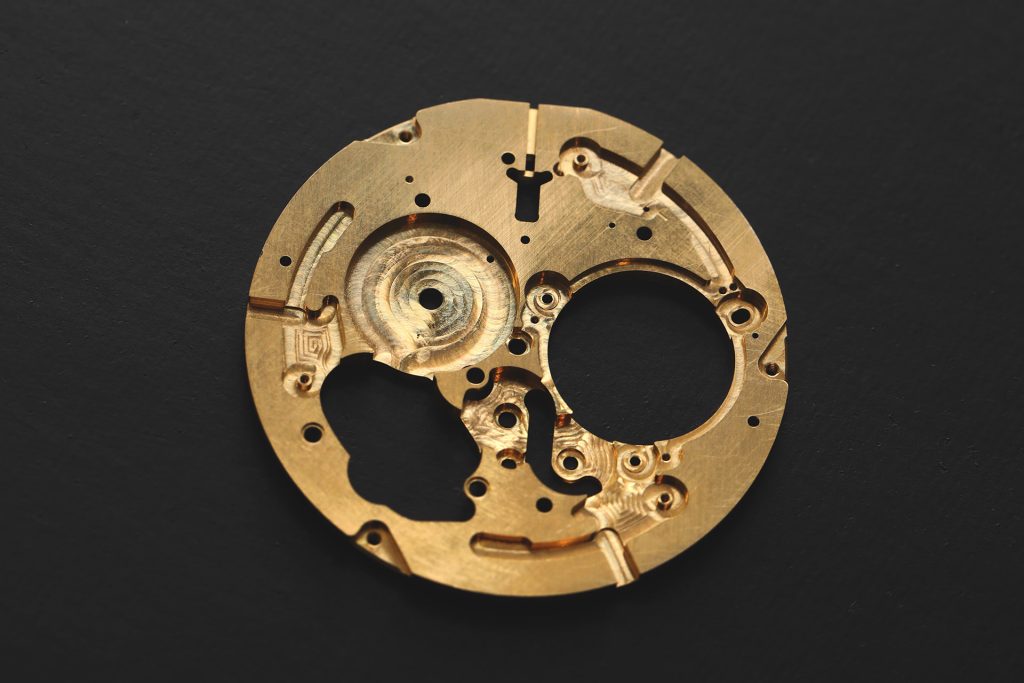
Assembling – watch movements
